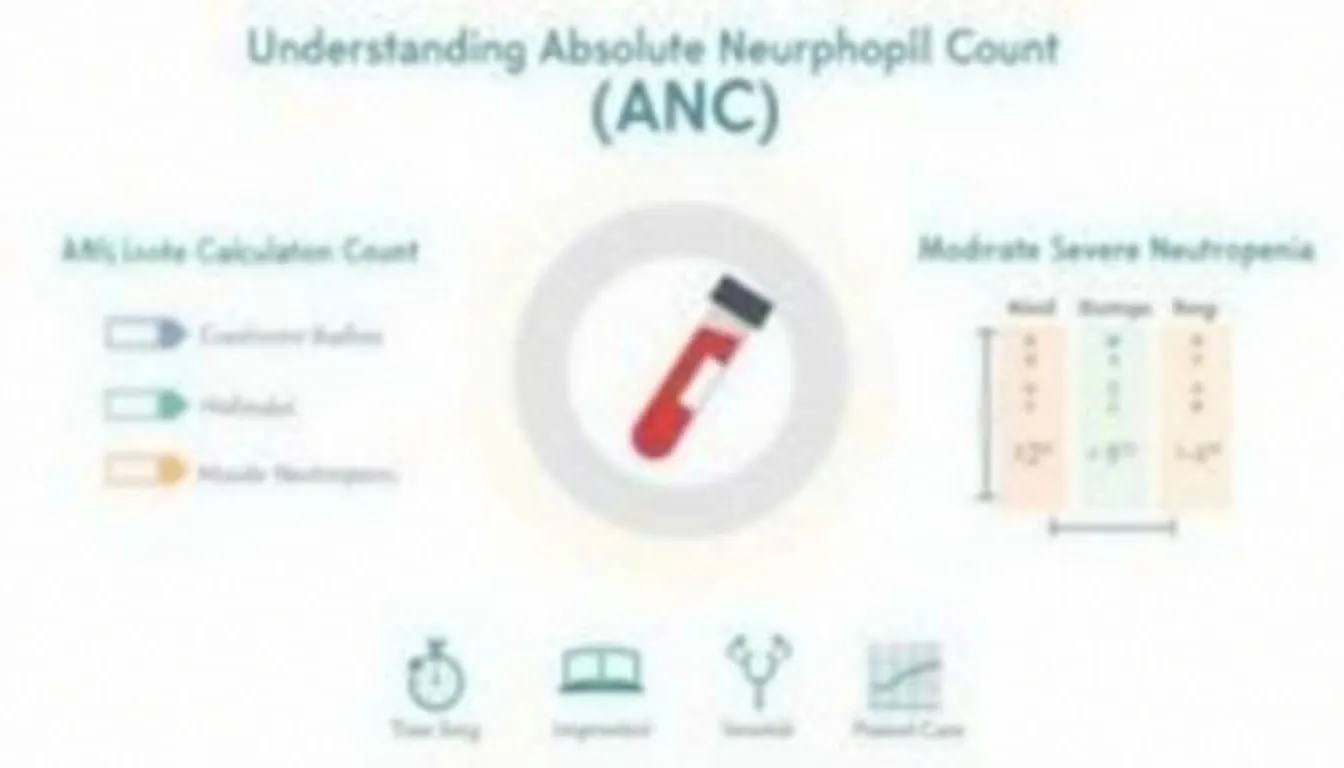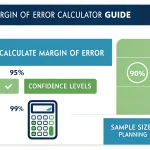ANC Calculator
This calculator is for educational purposes only and should not be used as a substitute for professional medical advice.
Is this tool helpful?
How to use the tool
- White Blood Cell (WBC) count – type the total cells/μL from your report.
Example A: 7 200 Example B: 4 500 - Neutrophil % – enter the proportion of mature neutrophils.
Example A: 58 Example B: 33.5 - Band % (optional) – add immature neutrophils if listed.
Example A: 3 Example B: 0 - Press “Calculate ANC” to view your result and interpretation.
Formula used
Absolute Neutrophil Count is calculated as:
$$ \text{ANC}= \text{WBC} \times \frac{\text{Neutrophil \%} + \text{Band \%}}{100} $$Worked examples
- Example A — WBC 7 200, Neutrophil 58 %, Band 3 %:
ANC = 7 200 × 0.61 = 4 392 cells/μL (normal). - Example B — WBC 4 500, Neutrophil 33.5 %, Band 0 %:
ANC = 4 500 × 0.335 = 1 508 cells/μL (mild neutropenia).
Quick-Facts
- Normal ANC: 1 500-8 000 cells/μL (Lab Tests Online, 2022).
- Mild neutropenia: 1 000-1 499 cells/μL (Cleveland Clinic, 2023).
- Febrile-neutropenia risk rises sharply below 500 cells/μL (IDSA Guidelines, 2020).
- Chemotherapy delays occur in 25 % of cycles due to low ANC (ASCO, 2021).
FAQs
What is ANC?
ANC measures the exact number of circulating neutrophils, the white cells that destroy bacteria and fungi (Merck Manual, 2023).
Why does my doctor track ANC during chemotherapy?
Low ANC predicts infection risk; oncologists adjust drug doses or give growth factors when counts drop (ASCO, 2021).
Is the band percentage always needed?
No. If bands are unreported, set the value to 0; mature neutrophils dominate the calculation (Lab Corp, 2022).
How often should I repeat ANC tests?
Patients on myelosuppressive drugs test weekly; stable outpatients may test quarterly (NCCN, 2023).
What factors temporarily raise ANC?
Stress, vigorous exercise, corticosteroids, and acute infection can double neutrophil count within hours (BMJ, 2022).
When is neutropenia considered severe?
Counts below 500 cells/μL are severe; hospitals initiate protective isolation at this threshold (IDSA Guidelines, 2020).
Can children use the same reference range?
Newborns have higher normal ANC; consult pediatric tables before interpreting results (AAP Red Book, 2022).
Does diet influence ANC?
Folate or vitamin B12 deficiency lowers neutrophil production; repletion normalises counts within weeks (WHO Nutritional Anemias, 2021).
Important Disclaimer
The calculations, results, and content provided by our tools are not guaranteed to be accurate, complete, or reliable. Users are responsible for verifying and interpreting the results. Our content and tools may contain errors, biases, or inconsistencies. Do not enter personal data, sensitive information, or personally identifiable information in our web forms or tools. Such data entry violates our terms of service and may result in unauthorized disclosure to third parties. We reserve the right to save inputs and outputs from our tools for the purposes of error debugging, bias identification, and performance improvement. External companies providing AI models used in our tools may also save and process data in accordance with their own policies. By using our tools, you consent to this data collection and processing. We reserve the right to limit the usage of our tools based on current usability factors.







